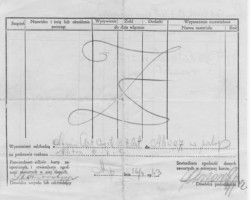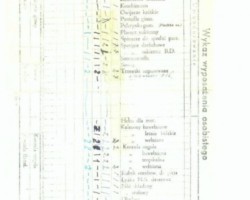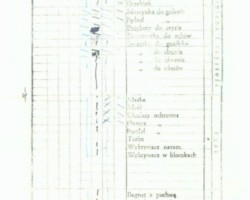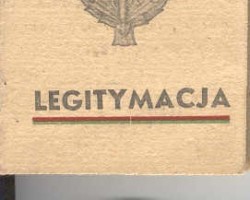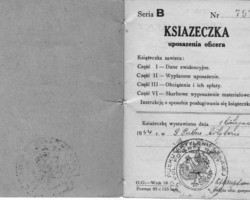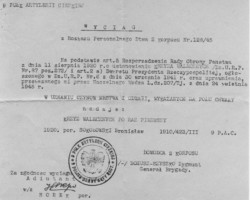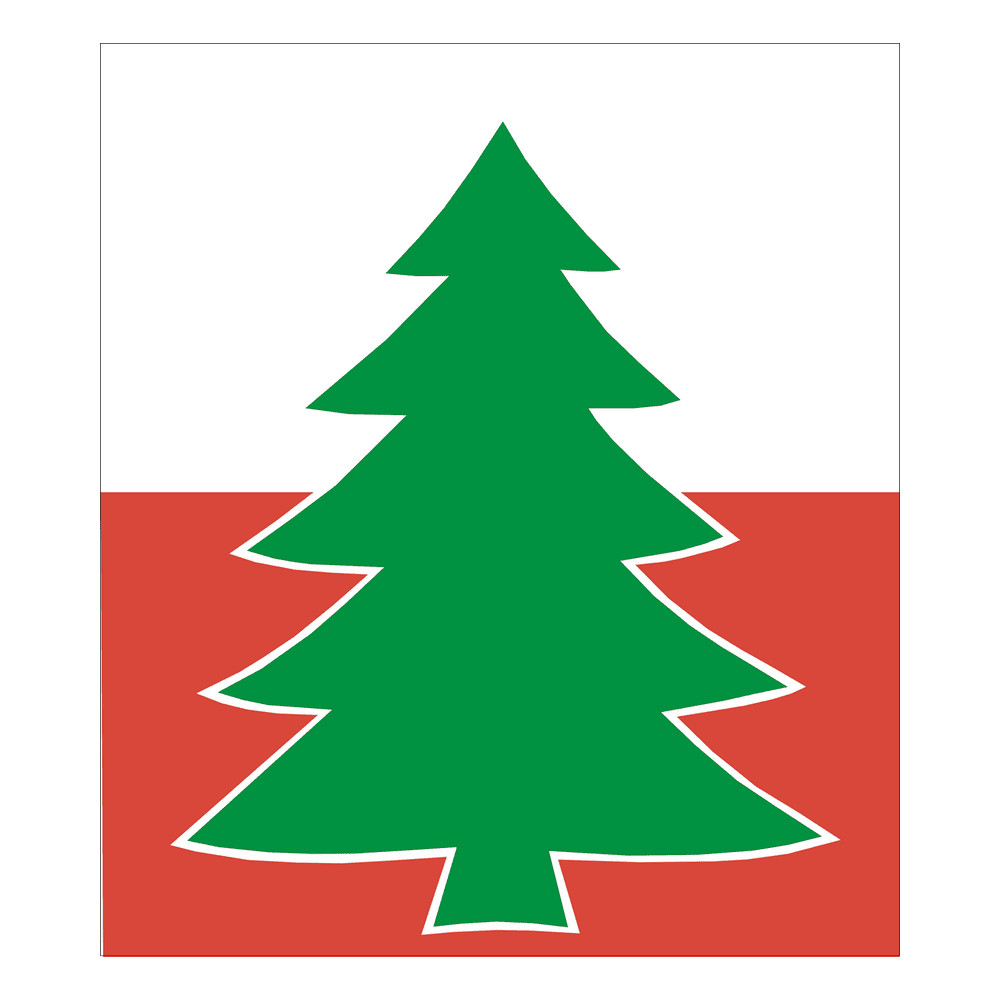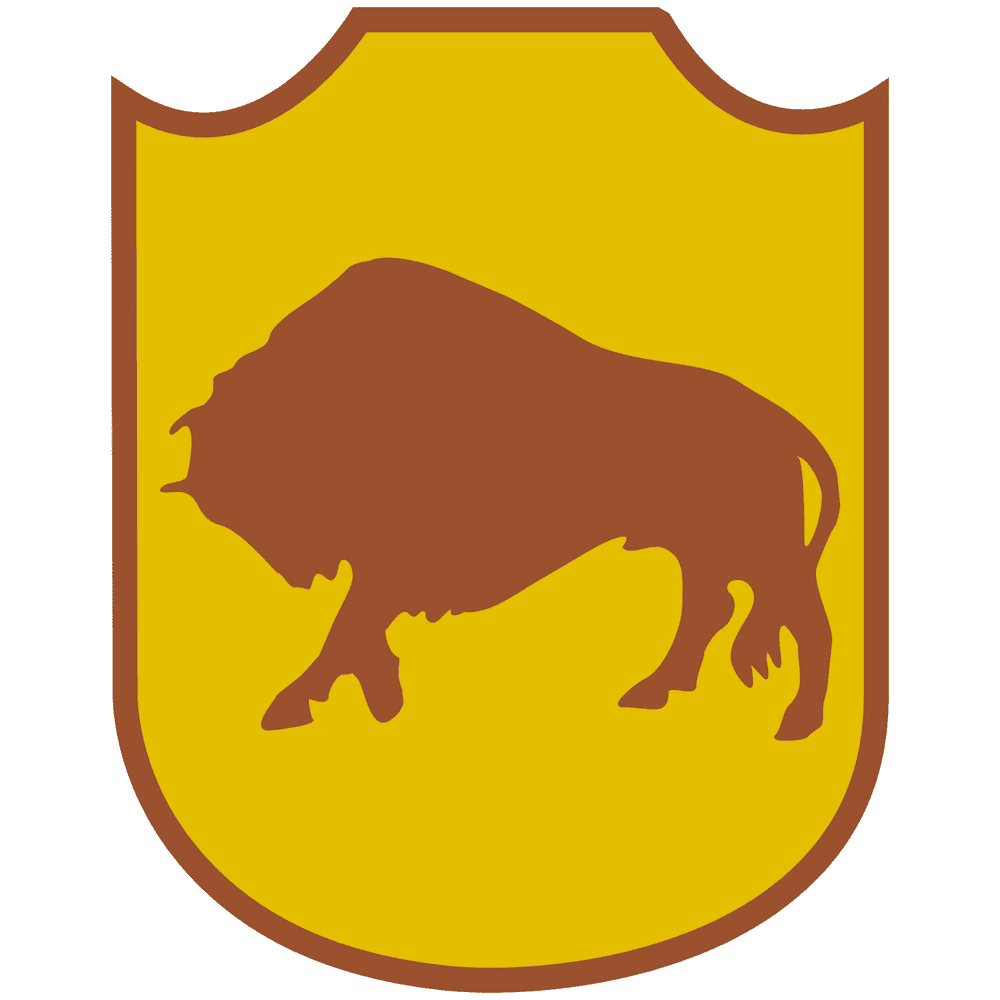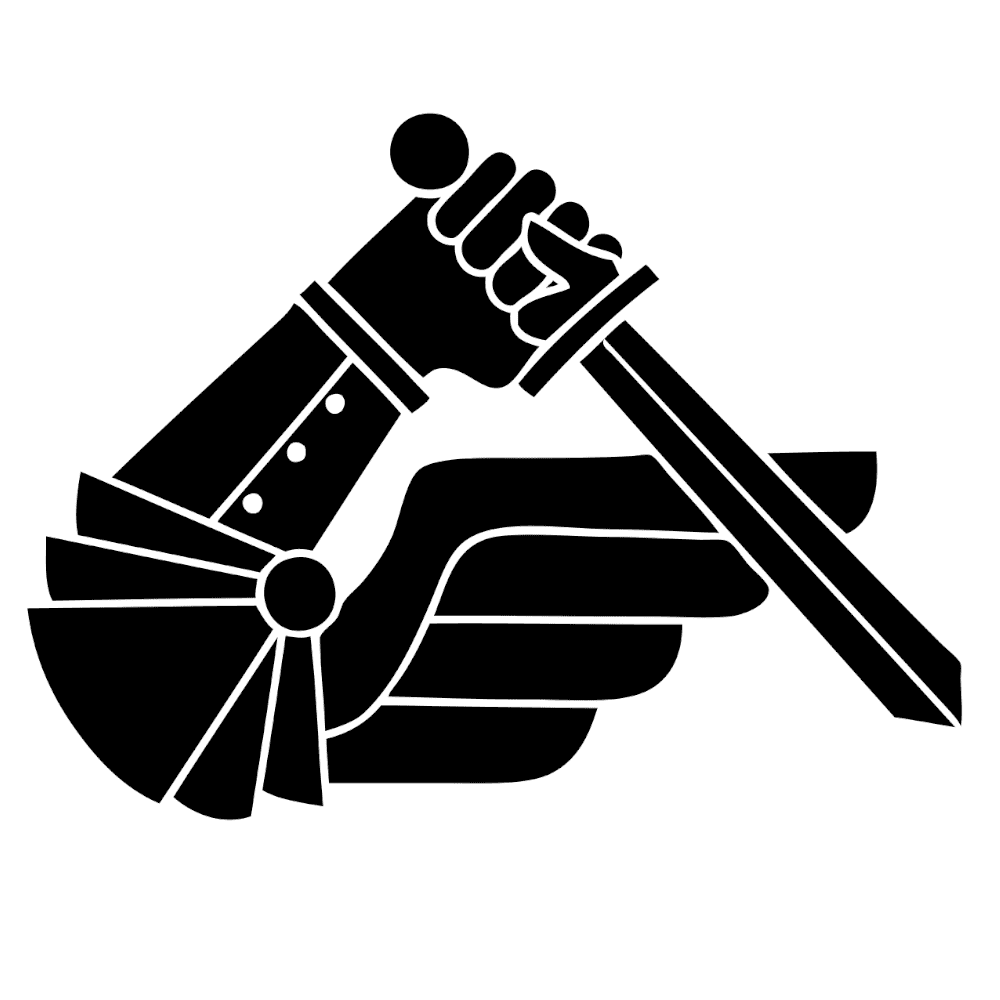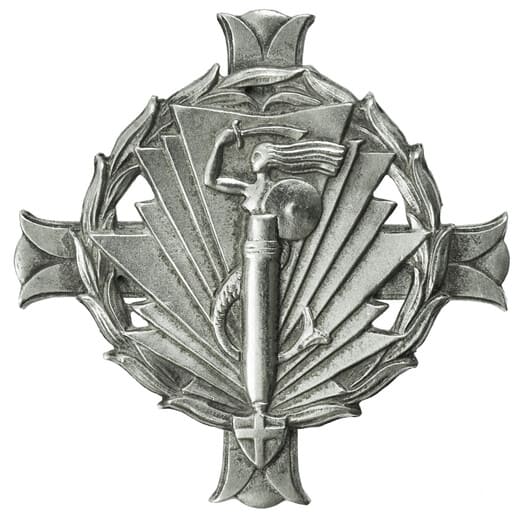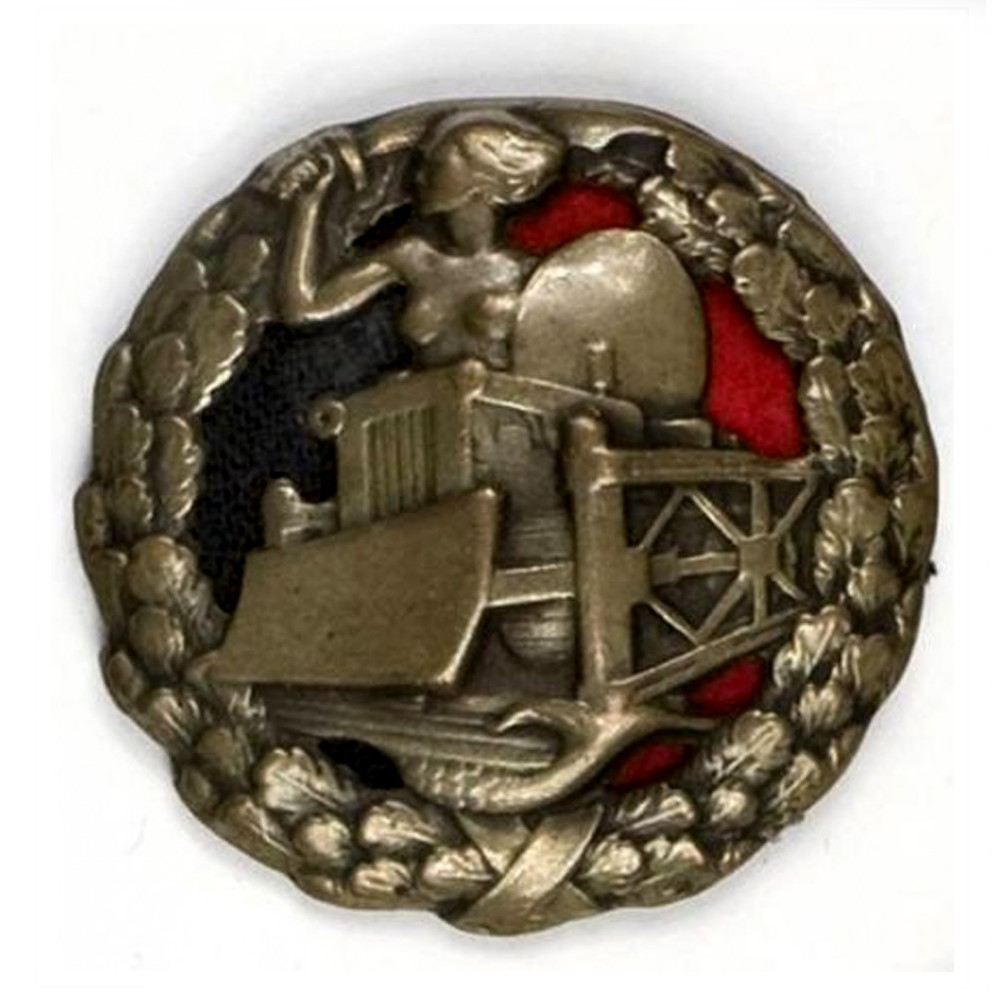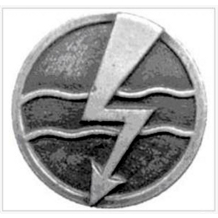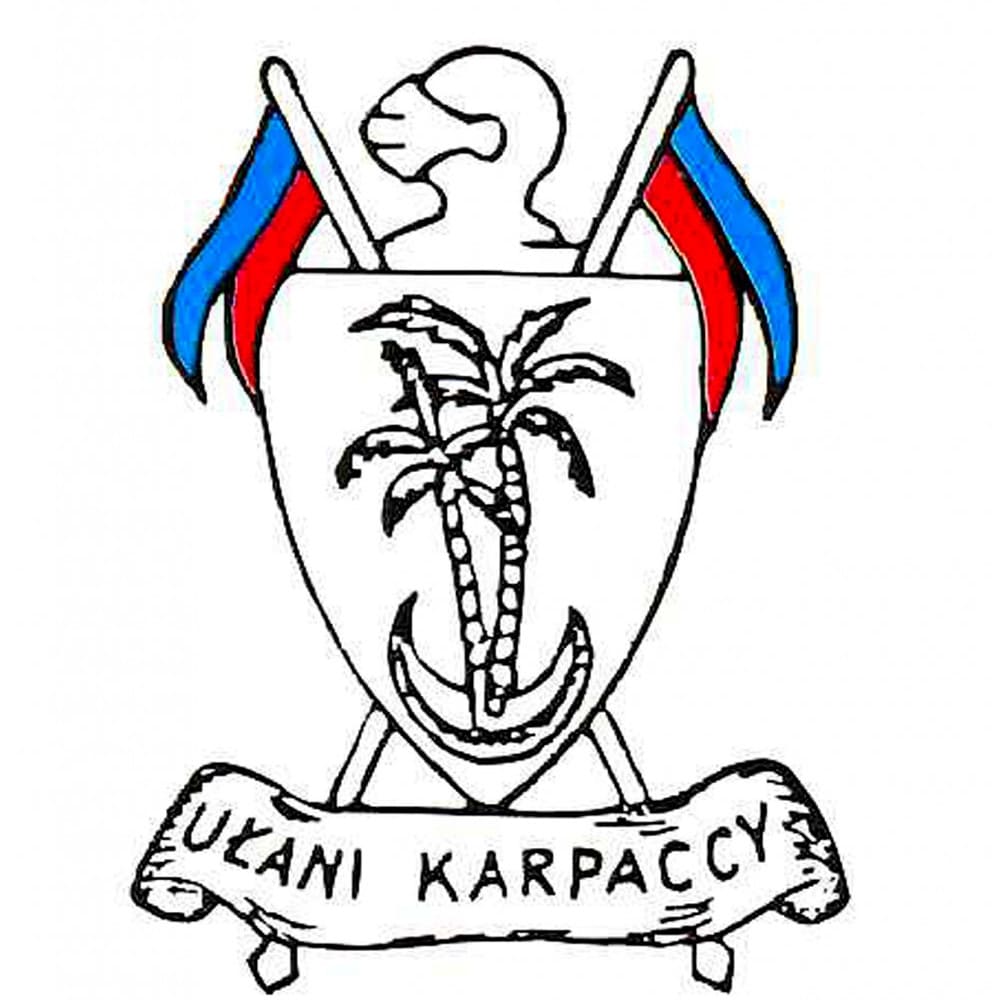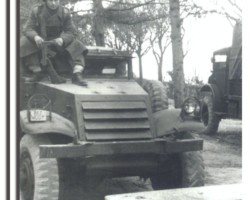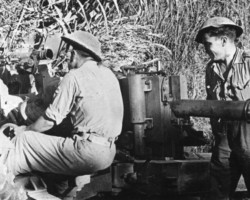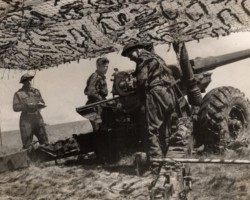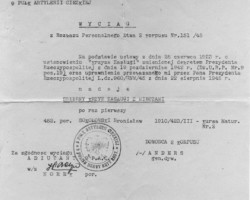2nd Artillery Group
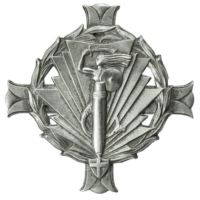 The history of the 2nd Artillery Group has its beginnings in the Middle East, where in late 1942 in Iraq, the Heavy Artillery was first created, consisting of the 1st Heavy Artillery Regiment and the 7th Heavy Artillery Regiment – later renamed the 10th and 11th Heavy Artillery Regiments. The first of the aforementioned regiments came from the merger of the 9th PAC, created in Uzbekistan, and the cannoneers from the Independent Carpathian Rifle Brigade. The 7th PAC was created in its entirety before the evacuation, in the USSR.
The history of the 2nd Artillery Group has its beginnings in the Middle East, where in late 1942 in Iraq, the Heavy Artillery was first created, consisting of the 1st Heavy Artillery Regiment and the 7th Heavy Artillery Regiment – later renamed the 10th and 11th Heavy Artillery Regiments. The first of the aforementioned regiments came from the merger of the 9th PAC, created in Uzbekistan, and the cannoneers from the Independent Carpathian Rifle Brigade. The 7th PAC was created in its entirety before the evacuation, in the USSR.
The renaming of this formation later became the 2nd Artillery Group, which actively participated in the Italian campaign. Artillery units provided significant support for all infantry operations, both in the battles of Monte Cassino, the Adriatic, Ancona and Bologna.
The 2nd Artillery Group included:
Artillery Group Command
7th Horse Artillery Regiment, which in June 1945 became part of the 2nd Warsaw Armoured Division
9th Heaviest Artillery Regiment
10th, 11th, 12th and 13th Heavy Artillery Regiments
Its units were equipped with, among others, self-propelled howitzers M7 Priest and gun-howitzers RAM SP 25 (7th Horse Artillery Regiment), 114.3 mm guns (batteries of the 11th and 12th Heavy Artillery Regiments), Mk 3 139.7 mm guns (batteries of the 10th and 13th Heavy Artillery Regiments).
In 1946 the regiments of the 2nd Artillery Group were transferred to southern Scotland and were stationed at close proximity to each other: the 9th and 10th Regiments were based at Stobs Camp in the Scottish Borders, while the 12th and 13th Regiments were based at Langholm in Dumfries and Galloway.
Ultimately, the 2nd Artillery Group was disbanded in 1947.
The commander of the 2nd GA was Colonel (from 1 April 1945 – Brigadier General) Ludwik Ząbkowski, an experienced pre-war artillery officer, and after the evacuation from the USSR also commandant of the Artillery Training Centre.
Exhibition Materials
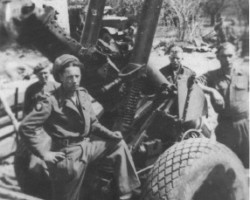
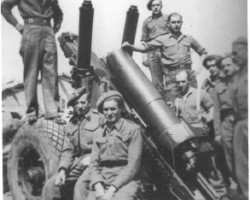
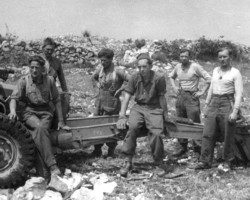
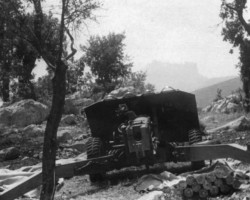
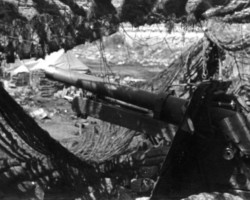
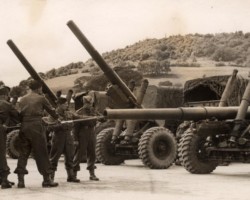

Photographs
